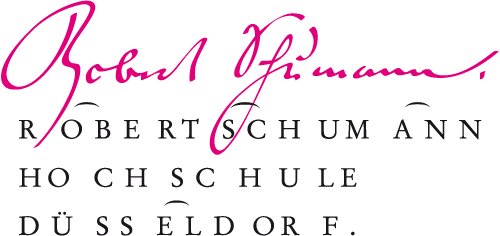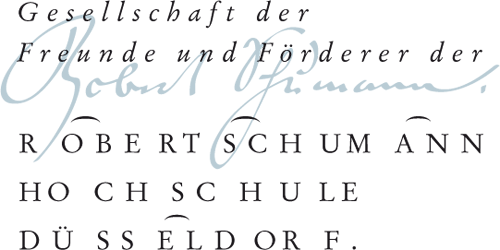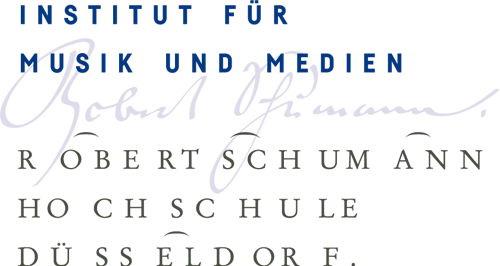Hurdy Gurdy
Wir möchten Sie darauf hinweisen, dass durch den Start des Videos Daten an Vimeo übermittelt werden. Video starten
Hurdy Gurdy is a Visual Music installation. It consists of a room in which three record players that have been converted into projectors and sound generators each standing on their own pedestal. The three units interact to generate a sound and image composition that in an extended sense is algorithmic, and that is projected onto the wall via magnifying glasses and amplified by means of loudspeakers. The synchronicity of sounds and movements links the image and sound, while the asynchronicity of the three units relative to each other means that the composition is in a state of constant change. Visual complexity is achieved through the continuous overlapping of the projections. The objective of the project was to develop an automated device that uses mechanical processes to generate light movements and sounds, and in this manner plays an endless audiovisual concert. Using the readily comprehensible simplicity of the design and the visibility of the processes producing the sounds and images, the aim was to create an impression of presence and immediacy.
The mode of functioning is as follows: illuminated cylinders with square windows generate the images, while homemade "records" supply the different sounds. Both of these are mounted on the turntables of the record players, whose speed influences both the movement of the squares of light and the musical pitch of the sounds. The squares are each coloured with different sheets of thin plastic; where the projections overlap, two additional colours are created by the mixing of the light. The raw materials for the records were LPs for the sound events and cardboard box for the pauses. The LP excerpts were selected such that the grooves lose their function as a musical recording through being placed perpendicularly to the direction of rotation. As a result, the sound pick-up makes broad-spectrum scratch and squeak noises, which vary in pitch, tone and intensity depending on the depth of and distance between the grooves. These are fine-tuned using a mixing desk and equaliser, and distributed in the panorama; in doing so, in particular the ambient noise from the middle record is amplified in the low range, and thus serves as a bass line.
zurück
Robert Schumann Hochschule Düsseldorf Fischerstraße 110, 40476 Düsseldorf
Fon: +49.211.49 18 -0 www.rsh-duesseldorf.de



